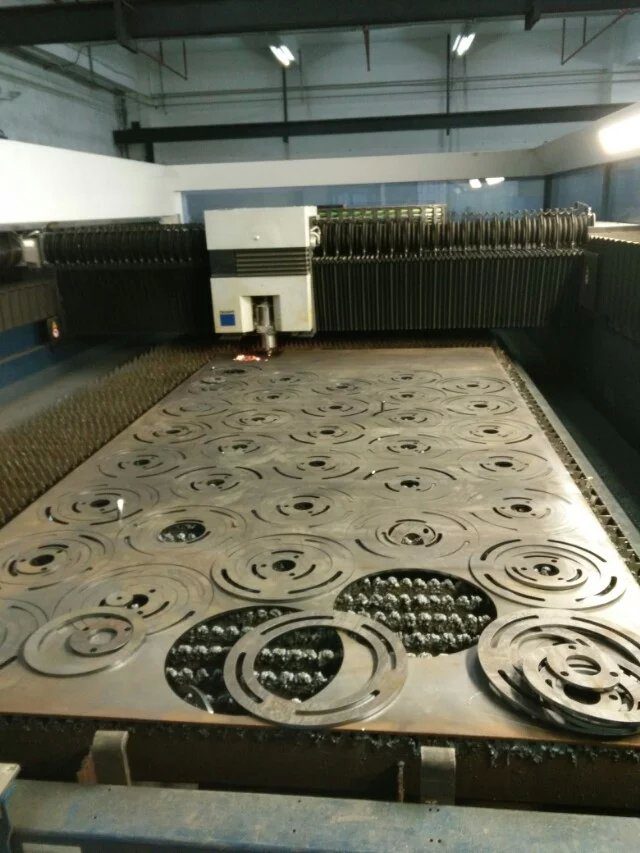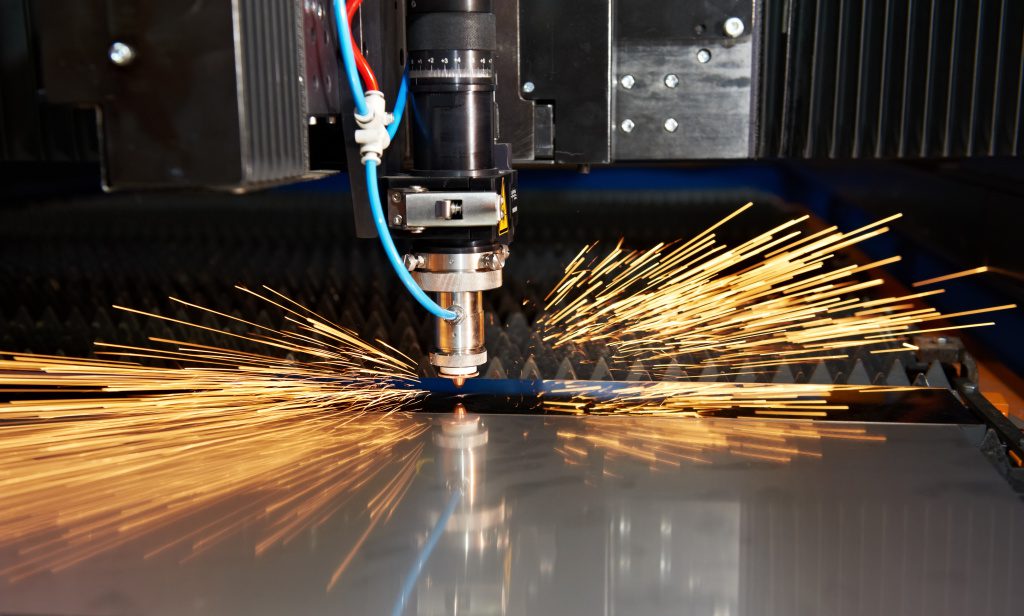Nd:YAG/Nd:YVO Lasers
Nd:YAG stands for Neodymium-doped Yttrium Aluminum Garnet, while Nd:YVO denotes Neodymium-doped Yttrium Orthovanadate. These crystals are doped with neodymium ions and serve as the core for these laser systems.
The core of Nd:YAG lasers is a synthetic crystal. This crystal, when excited by light, produces a laser beam with a wavelength of approximately 1.06 micrometers. On the other hand, Nd:YVO lasers operate on a similar principle but utilize a slightly different crystal composition. This subtle distinction in their makeup can lead to differences in beam quality, power, and efficiency.
Their mode of operation begins with a flashlamp or diode that pumps light into the doped crystal. As the light interacts with the neodymium ions in the crystal, it amplifies the light, producing a potent laser beam. The beam’s characteristics can be further refined by using external mirrors, giving users a high degree of control over its properties.
One of the standout features of Nd:YAG and Nd:YVO lasers is their adaptability. They can be used in a Continuous Wave (CW) mode for tasks that demand consistent power, like metal welding or deep engraving. Conversely, they can also be pulsed for tasks that require high peak power but shorter durations, such as precision cutting or perforation.
Their shorter wavelength, compared to CO2 lasers, enables them to cut metals with impressive precision. The beam quality also allows them to be focused on incredibly small spots, making them ideal for detailed work or applications that demand intricate designs.
However, operating these lasers isn’t all sunshine and rainbows. They can be more energy-intensive compared to fiber lasers and often require active cooling systems. The initial setup and maintenance costs can also be on the higher side, demanding a substantial investment. Yet, their unparalleled precision and adaptability often justify this investment for businesses that require their unique capabilities.
Considering the broader landscape, while CO2 lasers are like reliable old trucks and fiber lasers resemble high-speed sports cars, Nd:YAG/Nd:YVO lasers can be likened to Swiss army knives. They may not always be the first choice for every application, but when precision, flexibility, and adaptability are paramount, they truly shine.



